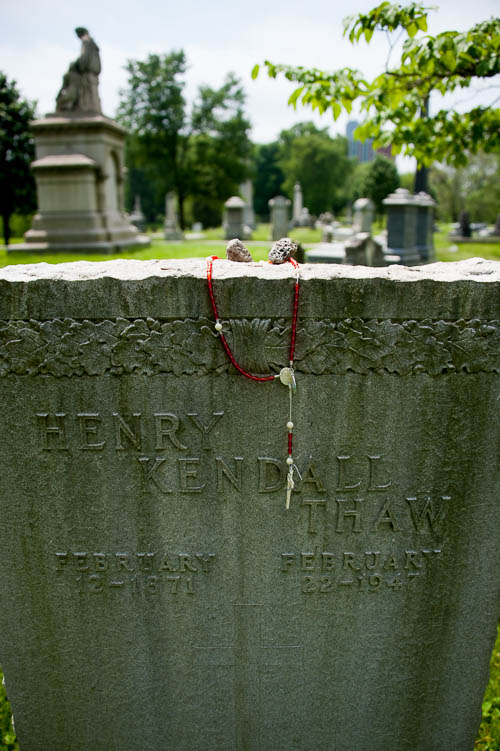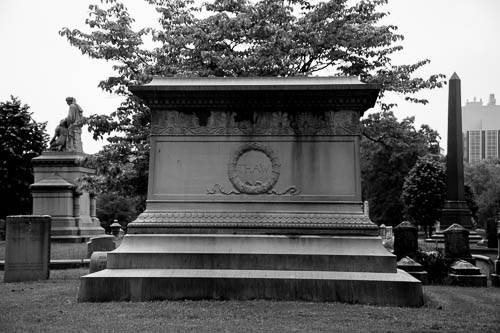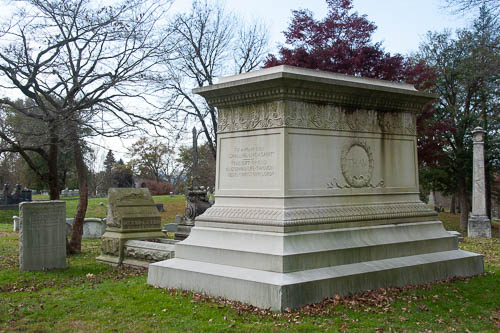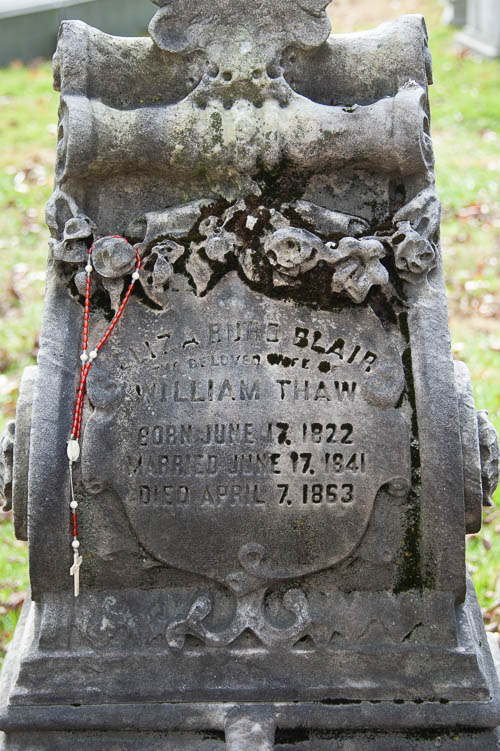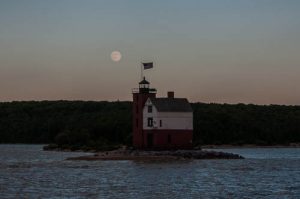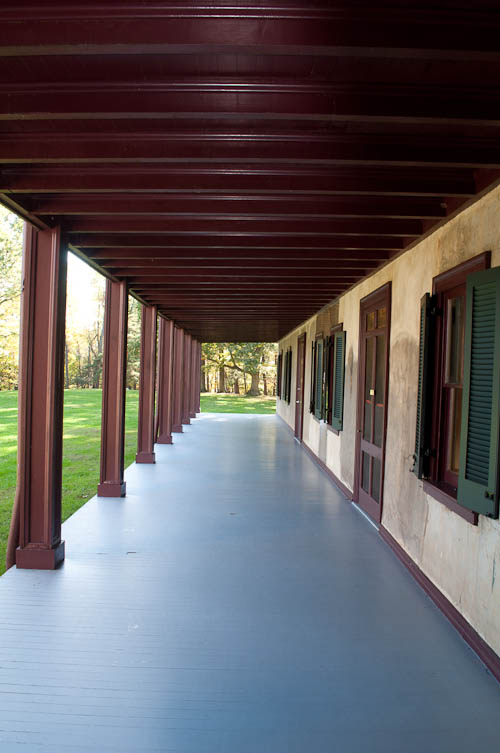
I found an article titled “Who Was Alexander Hamilton’s Real Nemesis: Aaron Burr or Albert Gallatin and the Jeffersonians?” by Christopher N. Malagisi, dated August 30, 2018, on the Townhall website. This article referenced the book “Jefferson’s Treasure: How Albert Gallatin Saved the New Nation from Debt,” by Gregory May.
The idolized and fabled Alexander Hamilton served as our first Secretary of the Treasury. Hamilton rival Albert Gallatin served as our fourth Secretary of the Treasury.
Thomas Jefferson was the President of the United States who appointed Gallatin as Secretary of the Treasury. Aaron Burr was elected as Jefferson’s Vice President in the election of 1800. So, these guys all knew each other.
Now, my brain totally shut off about one paragraph into reading about the subject matter. Just as it did when I had to learn about the Federalists and the Whigs and the Jeffersonians in high school. So, I don’t have my own fully-formed opinion about whether Albert Gallatin was Hamilton’s real nemesis. I do think that if Lin-Manuel Miranda had rewritten the Hamilton musical so that it was just a bunch of guys arguing about whether Hamilton or Gallatin made a better Secretary of the Treasury, it would not still be on Broadway.
Albert Gallatin owned an estate in Southeastern Pennsylvania. Gallatin’s first wife, Sophia, is buried on the estate. The National Park Service now runs the estate as Friendship Hill National Historic Site. There is no admission fee to visit.
Part of me wishes that Miranda had at least written Gallatin into his “Hamilton” musical – even in a tiny role – so that Point Marion could use it to lure tourists there.
If you want to sight-see while also social distancing, you may want to check out Friendship Hill. Here is my prior blog post about Friendship Hill.

